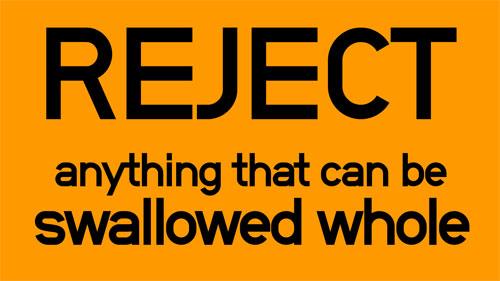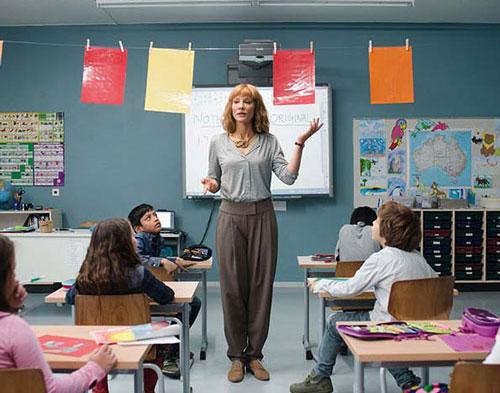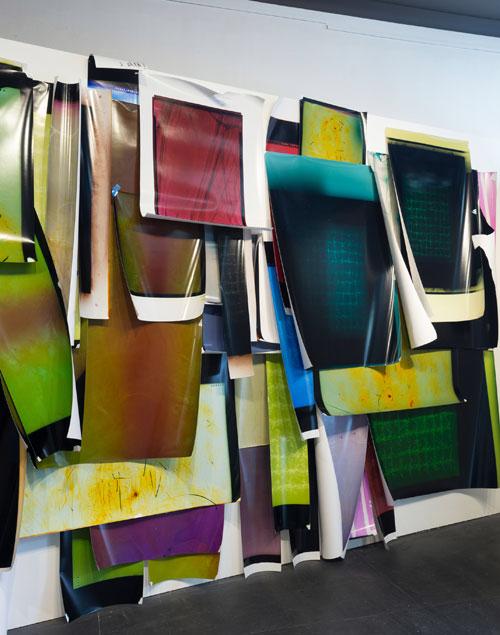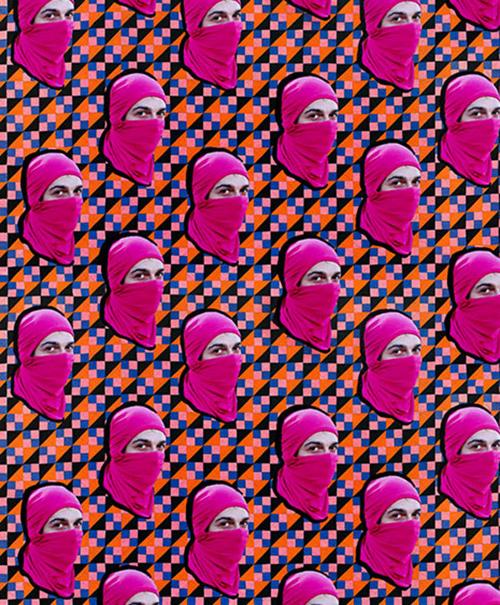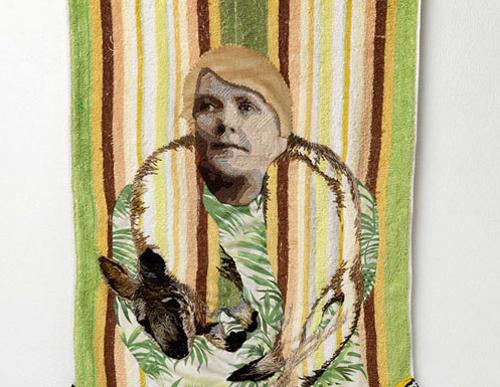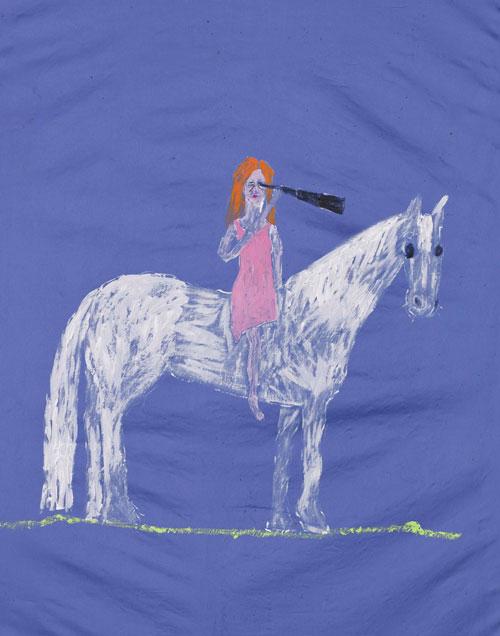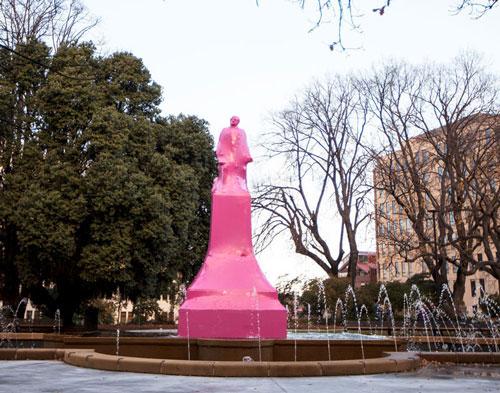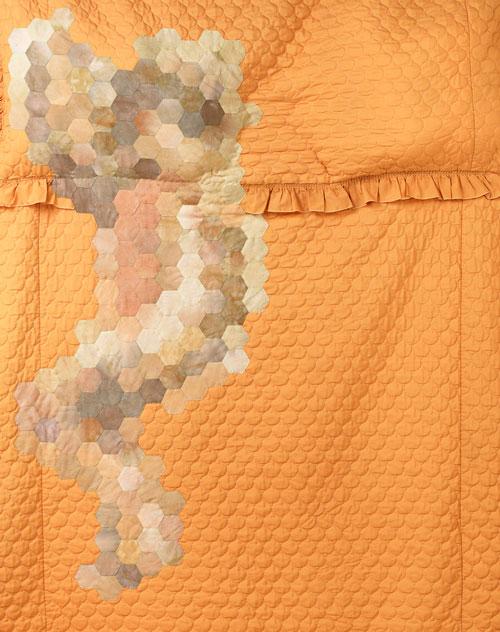Gender equality in the museum: The Cruthers Collection of Women's Art
Arts institutions are making an increased and highly public effort to address the poor representation of women’s art in their collections. Frances Morris, director of the Tate Modern in London, and Helen Molesworth, chief curator at the Museum of Contemporary Art, Los Angeles, have discussed the need to achieve an increased diversity of representation in their collections, particularly in relation to gender, and the last decade has seen a number of large‑scale curatorial projects examining women’s art and its status within the museum. Of these, Modern Women at the Museum of Modern Art, New York in 2010, and elles@centrepompidou at the Centre Pompidou, Paris, in 2009 are often noted for their scale and groundbreaking ambition: the former reconsidered narratives of modernism through symposia, exhibitions and an extensive publication exploring women artists already held in the MoMA collection, while the latter re‑hung the entire Pompidou collection to feature only work by women, with substantial effort made towards augmenting the existing collection through acquisition.

